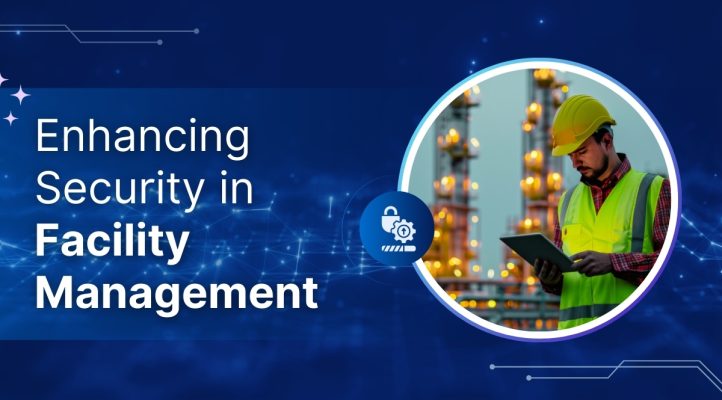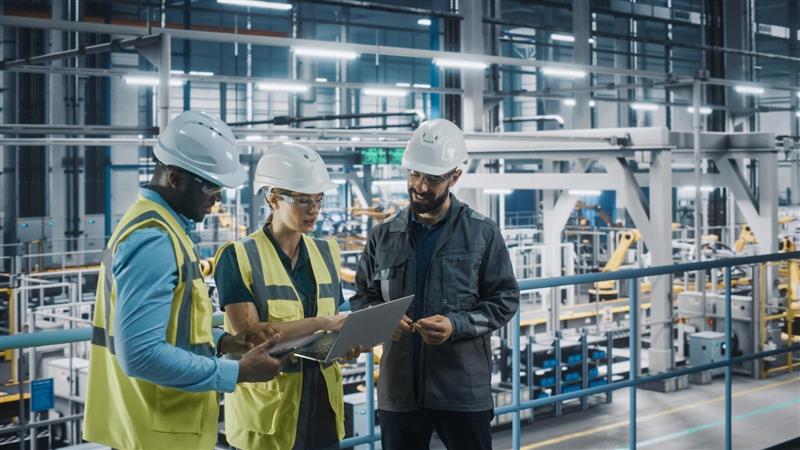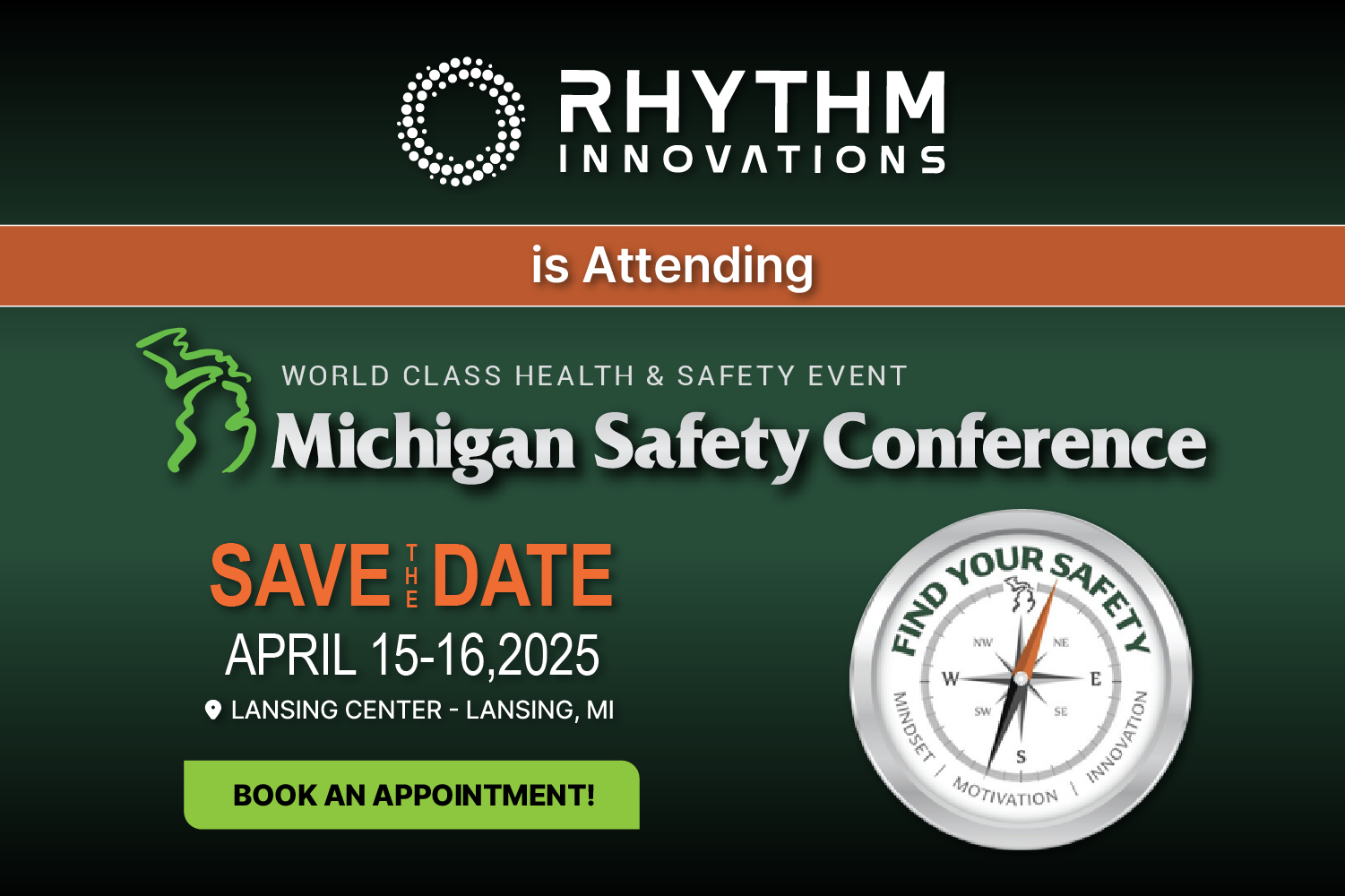Enhancing Security in Facility Management

Facility security encloses measures designed to protect people, assets, and infrastructure from theft, vandalism, cyberattacks, and natural disasters. A well-rounded security strategy involves physical security measures, digital protections, and emergency preparedness.
Understanding Security in Facility Management
Effective facility security management requires assessing risks, implementing preventive controls, and ensuring compliance with regulatory standards. By understanding the evolving nature of security threats, facility managers can develop a proactive approach to safeguarding their buildings and occupants. Key aspects of security management include:
- Threat Assessment: Identifying potential security risks and vulnerabilities within the facility.
- Policy Development: Establishing security policies and protocols to address threats.
- Security Training: Educating employees on security best practices and emergency response procedures.
- Technology Integration: Utilizing modern security systems such as surveillance cameras, access controls, and alarm systems.
- Incident Response Planning: Preparing for security incidents with well-defined emergency response plans.

Strengthening Facility Security with Proactive Risk Monitoring
Ensuring a facility’s security is a critical responsibility for managers, as it safeguards assets, employees, and visitors from potential threats. Organizations can minimize vulnerabilities and create a safer operational environment by adopting effective risk-monitoring strategies and modern security solutions.
Best Practices for Improving Facility Security
Access Control Systems
Implementing keycard access, biometric verification, or mobile-based authentication ensures that only authorized personnel can enter restricted areas, minimizing unauthorized access risks.
Surveillance and Monitoring
Deploying high-definition security cameras and integrating AI-powered analytics allows for real-time monitoring and incident detection. Advanced surveillance systems help deter unauthorized activities and provide valuable insights for security improvements.
Perimeter Security Enhancements
Reinforcing physical barriers, such as fencing, bollards, and automated gates, adds an extra layer of protection against external threats. Motion sensors and alarm systems further enhance security by detecting unusual activities.
Visitor Management Solutions
Digital visitor logs, pre-registration systems, and temporary access credentials help streamline guest access while maintaining comprehensive records for security audits and risk analysis.
Emergency Preparedness and Response
Developing and regularly updating emergency response plans ensures readiness for various security threats, including fire, natural disasters, and intrusions. Conducting routine drills and training employees on emergency procedures enhances response efficiency.
Employee Safety Measures
Providing employees with security training, emergency response drills, and access to panic buttons or emergency communication systems enhances workplace safety. Ensuring well-lit workspaces, secure break areas, and clear emergency exit pathways further reduces risk.
Risk Monitoring for Proactive Threat Mitigation
Real-Time Risk Assessments
Leveraging advanced analytics and AI-driven risk monitoring tools allows facility managers to detect anomalies, predict security risks, and take proactive measures before incidents occur.
Incident Reporting and Analysis
Implementing automated incident reporting systems helps track security breaches, identify patterns, and develop effective mitigation strategies based on historical data.
IoT-Enabled Sensors for Threat Detection
Smart sensors integrated into facility infrastructure can detect hazardous conditions, unauthorized movements, or equipment malfunctions, triggering instant alerts for swift resolution.
Compliance and Regulatory Adherence
Ensuring compliance with industry security standards and regulations is vital for maintaining a secure facility. Regular audits and compliance checks help identify gaps and enforce corrective actions.
Future of Facility Security and Risk Management
As technology evolves, facility security solutions are becoming more advanced, integrating AI, machine learning, and automation for enhanced risk mitigation. Organizations that proactively invest in modern security systems and risk monitoring tools will be better equipped to handle emerging threats and safeguard their facilities effectively.
Conclusion
Adequate facility security and risk monitoring are critical for ensuring a safe and efficient operational environment. By implementing best practices such as advanced surveillance, access controls, emergency preparedness, and real-time risk assessments, businesses can proactively mitigate threats and enhance security measures. Employee safety should remain prioritized by equipping workers with the necessary tools and training to respond to security incidents. As technology evolves, embracing modern security solutions will be key to avoiding potential risks. Investing in comprehensive security strategies today will safeguard assets and personnel for the future.
How Rhythm Innovations Can Help
Rhythm Innovations provides cutting-edge facility security and risk monitoring solutions to help businesses enhance their security infrastructure. By integrating AI-driven analytics and real-time alerts, our solutions empower facility managers to manage risks and ensure a secure environment proactively.
Strengthen your facility security today with Rhythm Innovations. Contact us to learn more about our tailored solutions.


